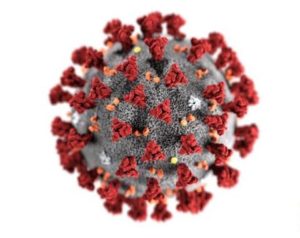ATLANTA, GA – May 11, 2023 – Now that the U.S. public health emergency has ended, tracking wastewater for the COVID virus will become a more important indicator for how much virus is in the community. The National Wastewater Surveillance System, established by the CDC in 2020, will continue to track COVID-19 virus in wastewater samples from many wastewater treatment plants representing almost 140 million people, but not every American. The data is reported to the CDC and the state. One of the sampling sites is from Buncombe County.
Wastewater monitoring can be used to provide early warning for COVID outbreaks in a community. The wastewater trends have historically mirrored the case counts. Infected people shed the virus in their feces just after they become infected. The amount of virus shed is analyzed weekly to determine the direction of the spread in the community. This allows the public health department to act more quickly to slow the spread of the virus if the COVID-19 virus levels are rising. It will help at-risk people decide whether go to indoor concerts and other public indoor spaces. Scientists are learning more about how to interpret the wastewater data. The number of sampling sites are likely to increase as the data is better understood. Wastewater analysis can be used for other diseases like influenza and polio surveillance in a community.
The revised Buncombe County wastewater data from the week ending on May 3rd indicate that:
- The number of viral gene copies in each water sample is at a blue level representing the 2nd out of 5 groups, where the 1st group is the lowest level of virus and the 5th group is the highest level of virus
- The number of viral gene copies in each water sample has decreased by 10-99% over the past 15 days.
Listen to the full report below:
Contact: Dr. Dick Needleman, Health reporter, 103.3 AshevilleFM, [email protected]
More Posts for Show: Asheville FM News Hour
